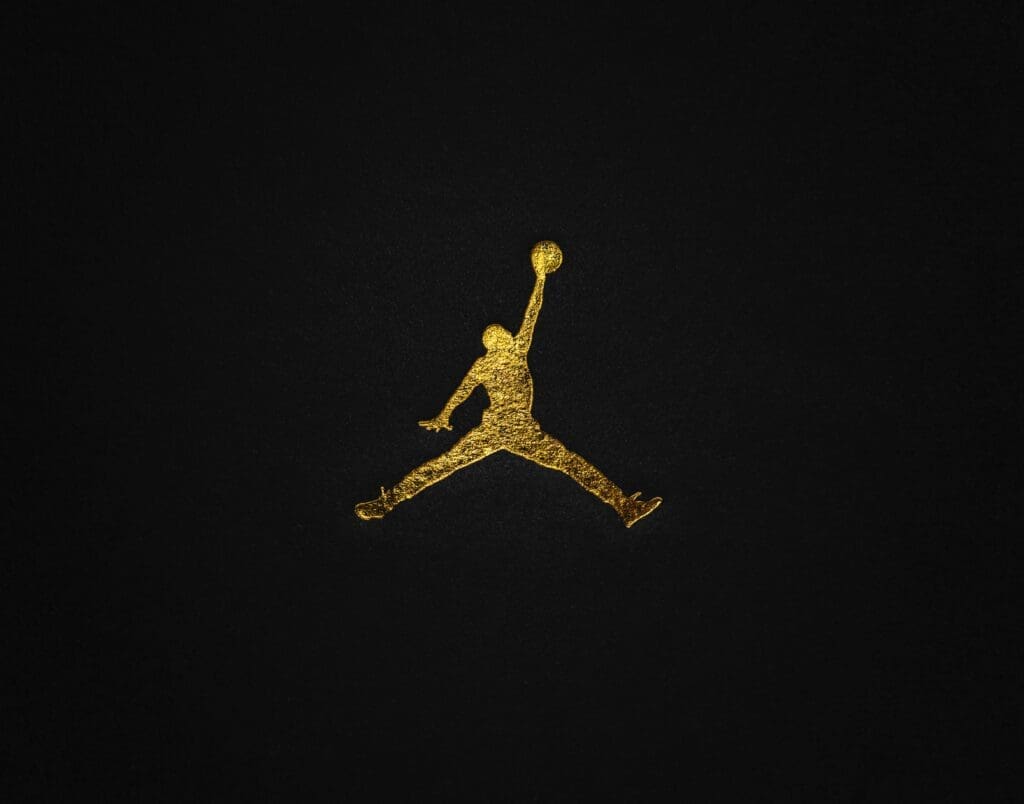How Marketing Has Shaped What We Eat At Thanksgiving Dinner

Thanksgiving dinner is a magical meal anchored by turkey, gravy, and questionable casseroles. How did this feast of dysfunction come to be? Why break bread over bland starches and poultry? We can thank the marketers and advertisers of yesteryear for crafting the “traditions” we now hold dear.
These early Don Drapers of food, retail, and paraphernalia ingeniously manufactured the ideas of holiday consumerism. They shaped the spread we lovingly and begrudgingly gather for through decades of promotions, jingles, and slogans. So, let’s stroll down memory lane to see how marketing conjured up the curiosities we now call Thanksgiving dinner.
The 1920s-1930s: Turkey Takes Center Stage
During the early 20th century, turkey was cemented as the quintessential Thanksgiving meat. Stove and oven manufacturers jumped on this, promoting turkey preparation appliances in magazine ads and catalogs. By the late 1920s, the public’s appetite for turkey was in full force.
Cranberry sauce also entered the scene in the 1930s. The Eatmor Cranberry Company launched national magazine ads, making canned cranberry jelly an essential side dish. Then, in 1941, Ocean Spray introduced canned whole cranberry sauce, dominating the market with their proprietary jellied recipe.
The 1940s-1950s: The Advent of Pre-Packaged Foods
Between the Great Depression and World War II, America saw a boom in commercially pre-packaged and instant foods. Jell-O became incredibly trendy, with clever marketing playing into consumers’ needs for convenience and thrift.
Bizarre Jell-O and mayonnaise-based salads appeared on Thanksgiving tables thanks to promotions from Kraft and General Foods. Recipes like Cranberry Mayo Jell-O Candle Salad were proudly served, much to the dismay of future generations.
The 1960s: Thanksgiving Marches into Modern Life
The 1960s brought about monumental changes in Thanksgiving traditions. In the mid-1960s, the term “Black Friday” was popularized, marking the frantic start of the Christmas shopping season.
Television also changed the game. In 1965, the Macy’s Thanksgiving Day Parade was broadcast in full color on NBC, mesmerizing viewers across America. Parade floats and balloons morphed into giant commercials for brands like Green Giant and Sinclair Oil.
The visually stunning television broadcasts showcased elaborate parade ads and promotions, transforming the parade into a marketing bonanza. Thanksgiving ads in the form of commercial floats and balloons vied for consumer attention. Companies competed for airtime through larger-than-life parade ads, shaping the Thanksgiving experience for viewers nationwide.
The 1970s: Microwave Mania
Microwave ovens exploded onto the scene in the 1970s, revolutionizing home cooking. Despite their hefty price tag of between $370 and $500, consumers embraced the speed and convenience.
Food brands churned out microwave-friendly products and recipes. Stovetop stuffing, frozen TV dinners, and instant potatoes became Thanksgiving staples thanks to aggressive marketing campaigns.
Major food brands like Stouffer’s, Swanson, and Betty Crocker launched extensive Thanksgiving marketing campaigns promoting microwave-ready offerings. Their TV ads and magazine inserts touted quick-fix Thanksgiving dishes for the time-crunched 1970s household.
The 1980s: Commercialization of the Parades
In the 1980s, consumer culture was in full swing. The Macy’s Parade tapped into this commercialization, weaving in major sponsors like Oscar Mayer, Coca-Cola, and McDonald’s.
Brands competed to get their giant balloon or float into the televised parade, bombarding audiences with logos and mascots. Buildings on the parade route were decorated with banners as marketing teams handed out swag to crowds.
The parade became a prime showcase for Thanksgiving advertisements, with brands promoting new products and deals through elaborate floats. Commercialization was at an all-time high, with parade balloons, floats, and banners acting as over-the-top Thanksgiving ads aimed at building buzz.
The 1990s: New Twists on Turkey
The 1990s saw new turkey preparation methods enter the scene. In 1995, Martha Stewart Living magazine introduced the nation to deep-fried turkey. While culinary thrill-seekers embraced it, deep-frying led to many home fires and accidents.
Other innovations like brined turkey, free-range turkey, and Tofurkey started in the 1990s. Food companies and distributors used targeted print and TV ads to bring these alternative turkeys into public awareness.
Food brands utilized print, radio, and TV ads focused on Thanksgiving marketing to promote new twists on turkey, like deep-fried, organic, and vegetarian options.
Recent Years: Emotional Marketing
While the past century focused on consumption and convenience, recent Thanksgiving marketing has taken a more emotional tone. Ads emphasize family, togetherness, nostalgia, and tradition.
Social media allows brands to connect directly with consumers around Thanksgiving themes. Online videos, digital ads, and culturally relevant memes help companies seem more relatable while spreading their key messages.
So, as we gather at the Thanksgiving table this year, we can thank modern Thanksgiving marketing for bringing us together over turkey, cranberry sauce, stuffing, and pumpkin pie. The savvy promoters of yesteryear transformed holiday dishes into lasting traditions.
Don’t Let Your Marketing Be As Dry as Thanksgiving Turkey
From turkey to TV deals, Thanksgiving owes its essence to advertising. It’s been pivotal in shaping our holiday meal and the emotional connections it evokes. Thanksgiving marketing has evolved, defining traditions and culinary choices. As the holiday season nears, fine-tune your advertising to connect with your audience so they gobble it up.





